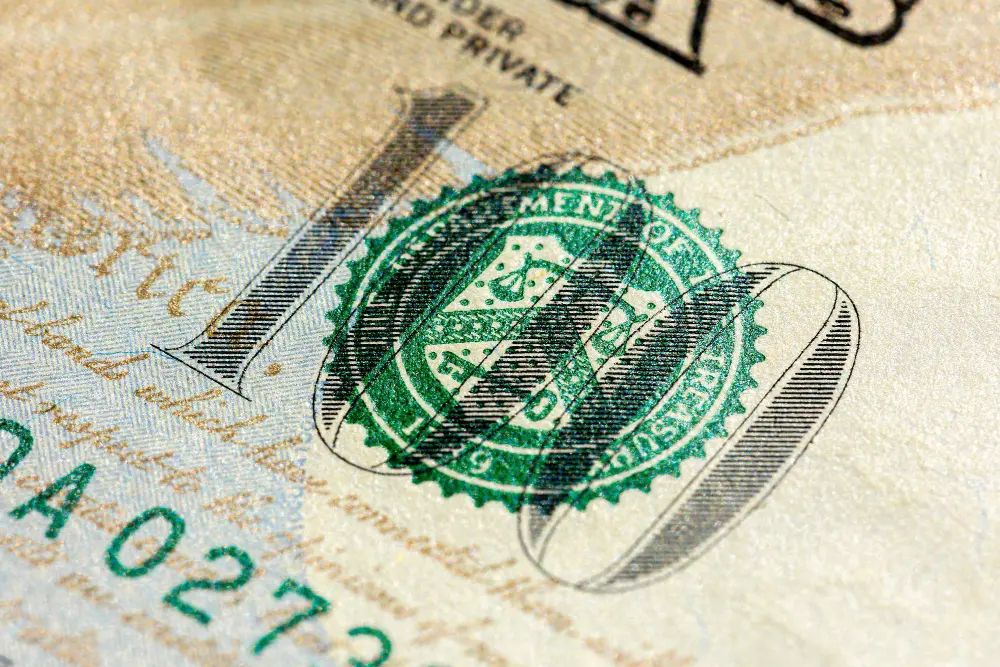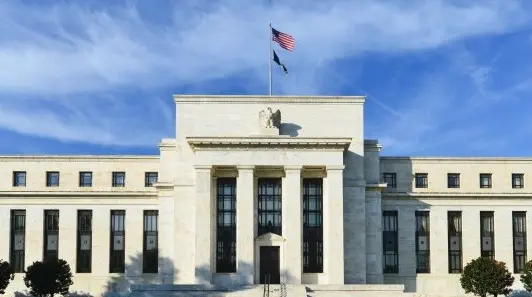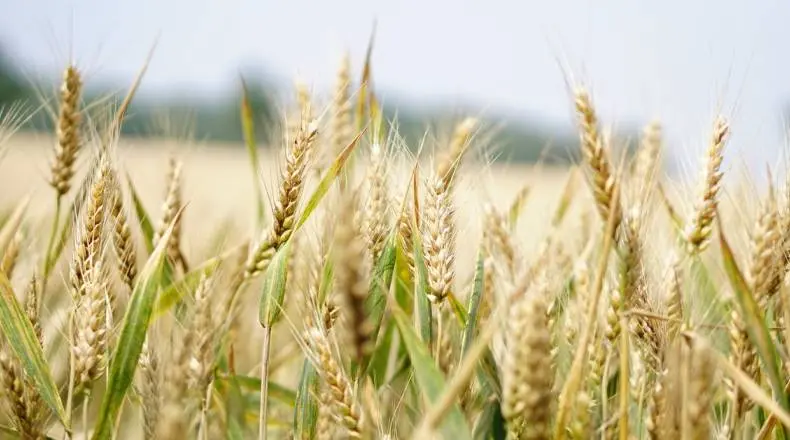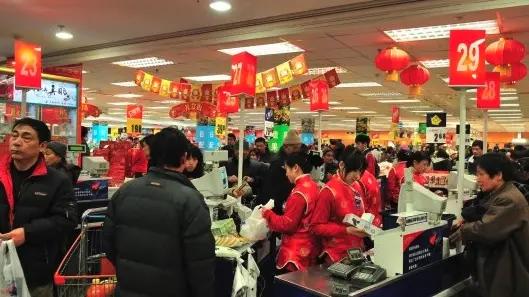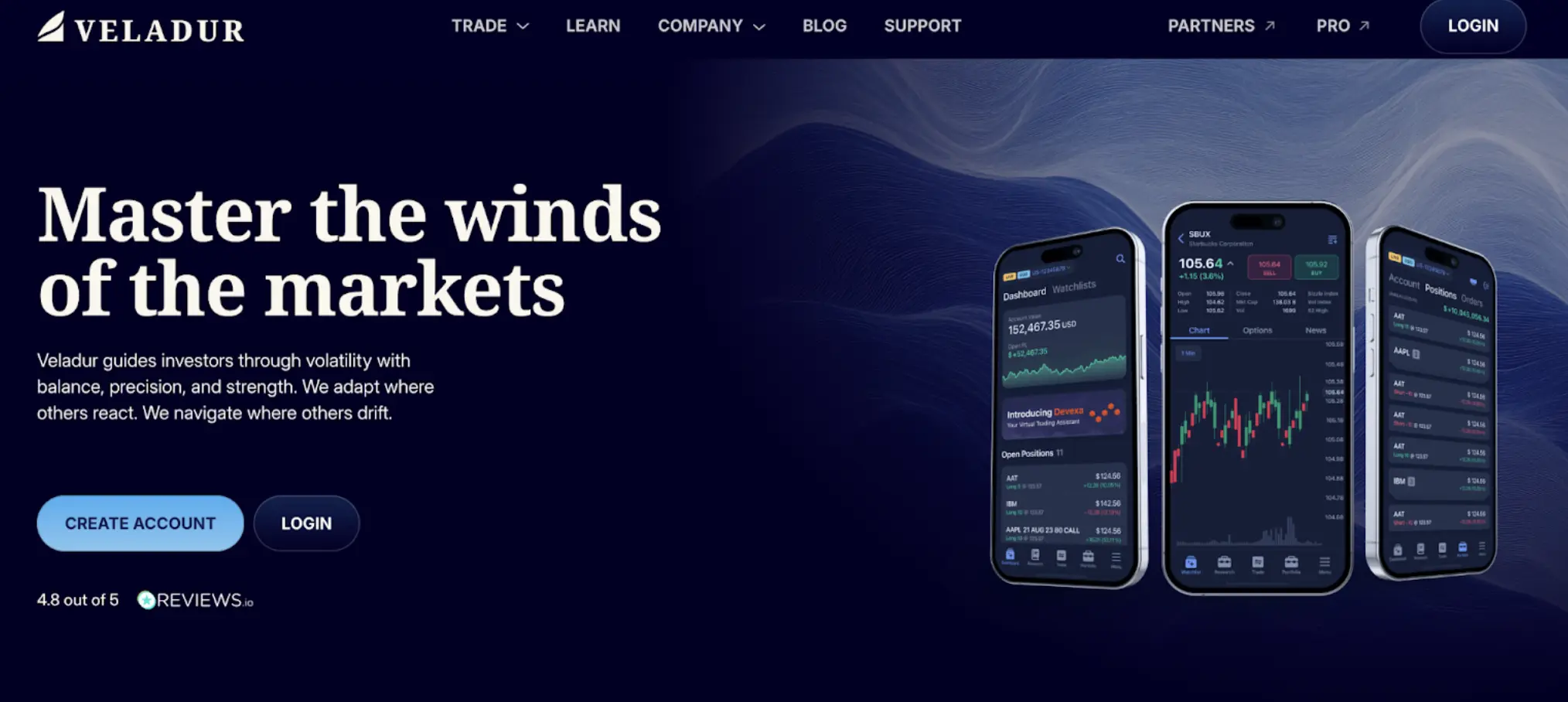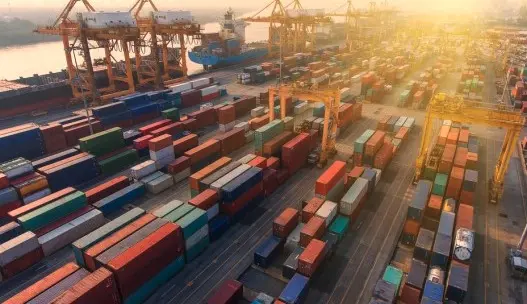Summary: The Crimea bridge blast last weekend destroyed a key supply route for Moscow’s forces in southern Ukraine. Putin was quick to retaliate by raining missiles over Kyiv and other cities after condemning the act as terrorism done by Ukrainian special services. This places the UN brokered grain deal in jeopardy with negotiations taking place now to extend it by a year. Elsewhere, OPEC+ cut output by 2 million barrels per day despite Western nations protests.
The Crimea bridge blast last weekend destroyed a key supply route for Moscow’s forces in southern Ukraine. Putin was quick to retaliate by raining missiles over Kyiv and other cities after condemning the act as terrorism done by Ukrainian special services. He did not spare the port of Odesa, which is considered one of the key grain export ports that Russia has agreed to allow normal export operations to continue via the Black Sea. The bombings has continued for over a week now with central Kyiv being hit by kamikaze drones early yesterday while heavy fighting is still happening at the war front in southeastern Ukraine.
Escalating tensions between Russia and Ukraine might see potential risk on grain supply. Prices in wheat (ZWZ2) and corn (ZCZ2) have gained as much as 7.5% and 3.3% respectively after the Kyiv bombings even though these moves look small compared to the ones we saw in the earlier part of this year.
To provide some numbers, Ukraine is currently one of the world’s leading exporter of grain. We have the breakdown below:
Percentage of global exports
Sunflower oil – 46%
Corn – 12%
Wheat – 9%
Rapeseed – 20%
Barley – 17%
UN brokered Grain Deal
Even though there is an existing UN-brokered deal to allow Ukraine to export grain via the Black Sea, this would expire in November and with tensions escalating between the two nations, there is a risk that this will not be extended a further year. The last time grain exports ceased due to the Russian invasion saw grain prices skyrocket as much as 60%. The market consensus is that it currently expects that the deal would be extended after some changes to the terms – primarily allowing a Russian pipeline to reopen to transport its ammonia fertilizer to Ukraine’s Odessa port for shipment. However, the move to boost Russia’s export revenues to fund the war indirectly might not sit well with US and Europe which has recently approved a Russian oil price cap to limit export revenue in Russia. U.N. aid chief Martin Griffiths and senior U.N. trade official Rebeca Grynspan has travelled to Moscow last week to discuss this issue.
OPEC+ Cut
Just as we thought supply side constraints were subsiding, we are now facing a possibility that commodity inflation might persist due to political uncertainties. Last week, OPEC+ made a key decision to slash oil output by 2 million barrels per day despite Western nations protesting the move as short sighted, perhaps prioritizing their agenda that maintaining oil revenue is more important than the global inflation problem or crippling Putin’s war now. This sent WTI crude oil rallying as much as 9% with rapid short covering as market was positioned with recessionary risk in mind. Oil has since given back some of those gains. The diverging interest of US and Saudi, both key oil producers globally can create instability in energy supplies.
The Fed
The US inflation breakdown in the month of September has shown lower inflation from energy while key drivers now are mostly from the demand/services side ( rent, medical, services and food). Because of this, the Fed has been relentless in utilizing every opportunity to reinforce their hawkishness with terminal fed funds rate now at 4.9%. If energy and agriculture prices start rising rapidly once again, this will provide the Fed even more ammunition to stay on the course despite some initial data that shows jobs growth is starting to cool off with vacancies falling 1 million in August. If supply constraints do not resolve, the combination of both demand and supply side factors does not bode well for equities and risk assets.


What trades to consider?
Watch for the negotiation outcomes between UN and Russia regarding the grain export agreement set to be out by November. Strained relations between Ukraine and Russia might make negotiations tougher and the terms of the deal less favourable. Grains tradable on Saxo include Wheat futures (ZWZ2) and Corn futures (ZCZ2).
The output cut by OPEC+ could trigger the start of a possible supply tightening cycle to support oil prices given weak global demand. The US – Saudi relationship souring could also lead to further price instability with volatility set to rise and possible retaliation from US by increasing their supply. Another bright spark is China reopening even though the recent Chinese Communist Party Congress indicated that China is not doing away with its Covid Zero policy in the near term. To trade, we have both Light Sweet Crude Oil (CLZ2) and Brent Crude (LCOZ2) futures.
Lastly, if supply side inflation returns, the Fed might have no choice but to accelerate their rate hike cycle. To express this, USDCNH might be a trade to look at given China’s easing cycle is still ongoing to prop up the property market while the risk reward ratio looks more favourable as compared to USDJPY which has moved substantially and BOJ now jawboning the pair’s appreciation.


Wheat December Futures


Corn December Futures


Oil December Futures


USDCNH
Source: https://www.home.saxo/content/articles/commodities/st-note-supply-side-inflation-risks--wheat-corn-oil-and-the-fed-18102022
